Requesting a print quote seems rather basic, but for some marketers and designers, it can be unfamiliar territory. After all, there aren’t many classes or resources that teach you how to work with printers.
If you haven’t had much experience with print and direct mail, you can easily overlook important details a printer will need to quote your project accurately. Sometimes even experienced print buyers—who know how to articulate specs well—go through multiple rounds of quote revisions that can delay a project by days, weeks, or even months.
More often than not, the delay is a result of missing project variables, such as paper or mailing requirements. And when your marketing team’s next deadline is right around the corner, you can’t afford to waste this precious time!
The good news is that a little print knowledge and preparation will make the process much smoother. By answering these five questions BEFORE you request a print quote, you’ll get your quote right the first time and avoid unnecessary quote revisions and project delays in the process.
Want to streamline your quoting process further? Download Shawmut’s Best Practice Guide for Print Quotes including our helpful questionnaire to ensure a smooth and consistent process with every quote request.
1. What is Your Project Goal?
Who is the audience for your print or direct mail project? How long will the piece be used? What is the action you want recipients to take? The answer to these questions can and should affect your print quote.
 Just like any other project, a print quote request should consider the five Ws:
Just like any other project, a print quote request should consider the five Ws:
who, what, when, where and why.
If you haven’t supplied this information to your printer, they should be asking the questions! Your printer should guide you through every phase of the quoting process—and that starts with knowing your project goals.
Although you may have provided key pieces of information, such as the size of your piece, it's important that your print rep understands the bigger picture. For example, if your print piece is intended to drive sales, how much is one sale worth? How much of an impact do you need for your product to sell? Historically, how many times do you need to get your brand in front of someone before they raise their hand?
Knowing the answers to these questions—and making sure your printer knows them too—will get your quoting process off on the right foot and ensure the final product reflects what you intended.
2. What is the Quantity?
Quantity is crucial when quoting your print project. Not only will it affect the cost of materials, but quantity can also affect other aspects of the quote such as the method of printing (offset vs. digital), postage (if the piece will mail), and shipping costs.
3. What is Your Budget?
Your budget also plays a huge role in determining your quantity, which is why it’s best to determine the budget before you request your quote. Letting the format of the print piece drive the budget isn’t a good idea because you’re not working with the end-goal in mind. Instead, figure out what reaching your audience is worth and let that drive your budget.
A clearly defined budget provides parameters for your project and helps printers make recommendations to help you get the best bang for your buck.
4. What’s Your Deadline?
If you haven’t determined a deadline, your printer will ask! Even if your project doesn’t have a “hard date” (such as delivery to a trade show or promotional mailing), it’s important to communicate your timeline expectations when requesting your quote. We also recommend that creative teams think beyond the final “in-hands” date and identify other project milestones such as pre-production samples, press checks, or stakeholder approvals.
The project timeline can have a significant impact on the production method used for your piece. For example, holiday catalogs must arrive in time for shoppers to browse products, evaluate purchase decisions, and ultimately order and receive products in time.
To accommodate that, you need to be aware of average turn times for order fulfillment and any fluctuations due to the busy shopping season. From there, work backward to determine your catalog mail date—which ultimately will help the printer price and schedule your job. If it’s a rush, they may need to make adjustments to pay overtime, suggest design modifications or alternative printing methods, or recommend a different mail class—all of which should be factored into your quote.
5. Do You Have a PDF of your Artwork?
Articulating print specs isn’t always the easiest thing to communicate. That’s why a picture (or a PDF) is worth a thousand words.
Supplying a PDF with your quote request is one of the best ways to make sure the process runs smoothly. The PDF doesn’t have to be the final design, but it should help the printer get a good sense of the product you want to make (with your end goal in mind of course!).
A preliminary PDF will give the printer an overall flat size and allow them to quickly identify production processes they’ll need to include in your quote. The PDF can also help printers spot potential issues and ask clarifying questions before the quote is approved and the job is put into production. In general, a PDF will take the guesswork out of the quoting process and makes sure your designer and the printer are on the same page.
More Info Leads to a Better End Result
Remember: When requesting a print quote, the more information you can provide to your printer upfront, the better the end result will be. Being thoughtful about your goals, quantity, time frame, and artwork plan will help ensure your quote process is quick and as accurate as possible.
Although these five areas seem pretty basic, if any one of them is missing it can lead to project delays and confusion. Avoid that by taking the time to answer these five questions thoroughly before requesting a print quote.








